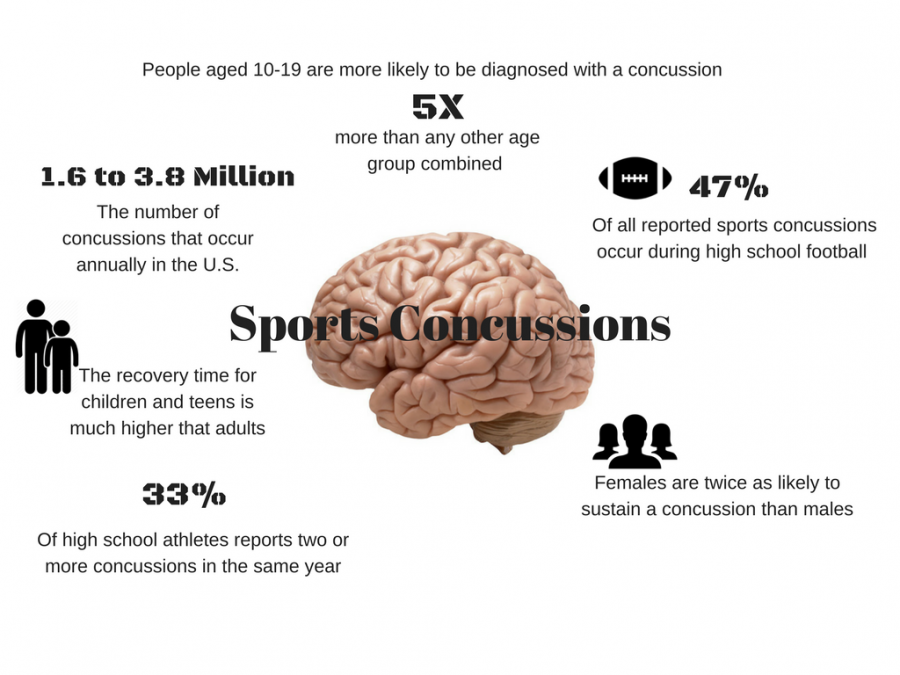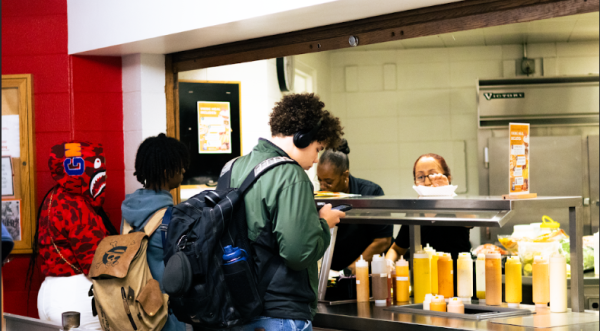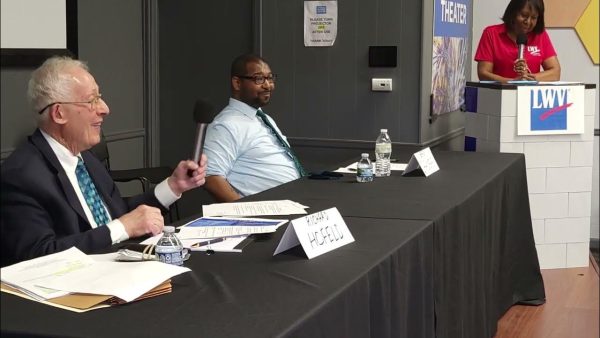Concussion Care
New concussion protocol helps students return successfully to classroom, sports
Sophomore Sarah Temple has to wear sunglasses in the classroom. The bright lights and noisy hallways make it hard for her to focus.
Like other student athletes, Temple is experiencing the symptoms of a concussion.
“I don’t remember what happened. I had memory loss and I blacked out. I wanted to throw up,” she said.
H-F has introduced a new protocol that helps students transition back into the classroom, and later, fully back into sports after a concussion. With 1 in 5 high school athletes sustaining a sports concussion during the season it is important that students get proper care needed to prevent further damage to the brain.
Speech-Language Pathologist and Social Science teacher Lauren Chasey is one of the primary people on the concussion oversight committee. Her goal is to make the transition as smooth as possible by making sure the teachers understand how to successfully accommodate students.
“I inform teachers of the student’s needs and communicate with parents and the guidance office. I also educate students and families about what they might expect in terms of cognitive and academic issues, and I try to help teachers put appropriate supports in place to aid the transition back to a full academic load,” Chasey said.
Engaging in activities that require a lot of concentration can cause concussion symptoms to reappear or worsen. This is why it is important to consider each student on an individual basis.
“It is too easy to fall behind and then try to play catch up,” Chasey said. “Pair that with what is considered an ‘invisible’ injury. Sometimes outsiders can’t understand why the student isn’t performing as he or she should be.”
Getting a concussion can cause blackouts, severe headaches, vomiting, and increase sensitivity to light. It can take a while to recover, depending on the severity.
After receiving a concussion while playing basketball, Temple said that the protocol helped her return back to her normal self.
“I was out for a good three weeks, which I thought was ridiculous but it wasn’t in the long run,” she said. “They really made sure I was back to my normal self no matter how long it took.”
Once students are fully integrated back into the classroom and are symptom free, a five step return to sport protocol is started.This is the same one used by the Centers for Disease Control and Prevention, National Federation of State High School Associations and the IHSA.
Athletic Trainer Brad Kleine ensures that students are ready to go back into sport through a lengthy process. This is because a second concussion can occur more easily than the first one if caution isn’t taken.
“When they get that second concussion the symptoms are typically much worse and the duration is typically a lot longer,” Kleine said.
Both Chasey and Kleine said that the staff is great at picking up the concussions and helping students through them.
“Our teachers are wonderful here,” Chasey said. “They do everything they can to help the students.”






